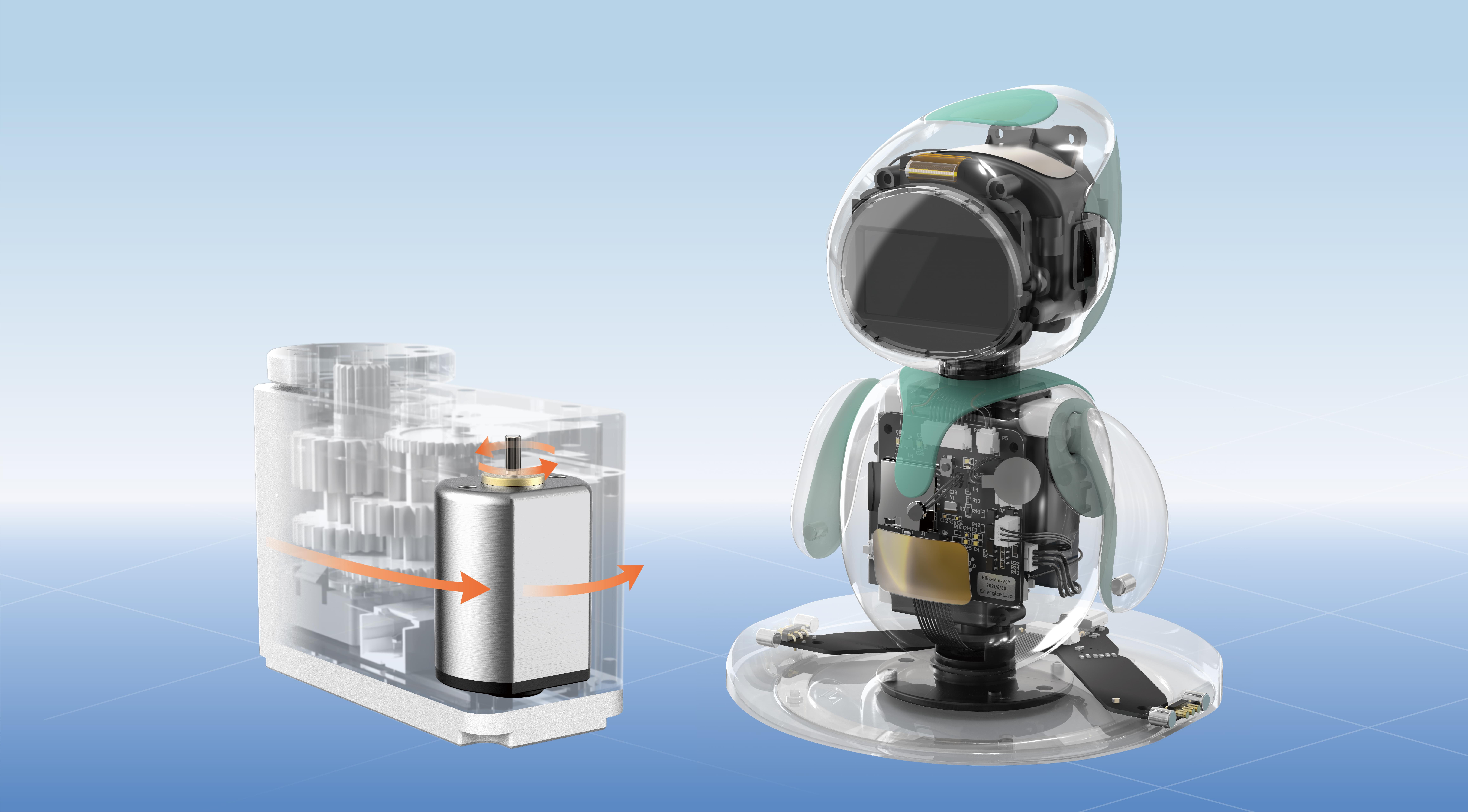Imagine a world where machinery hums smoothly, almost intuitively, responding to commands with precision and grace. That’s the power of modern brushless servo motor control design, and it’s transforming industries from automation to robotics. But what exactly makes these systems so vital? Well, it’s all about efficiency, reliability, and performance—key factors that make a real difference on the factory floor, in aerospace, and even in medical devices.

Let’s start with the core idea: a brushless motor isn’t just about avoiding brushes. It’s about controlling the motor’s rotation with finesse. How? Through advanced control algorithms that adjust current and voltage in real time. This isn’t some simple on-off switch; it’s a sophisticated dance of electronics that guarantees smooth acceleration, precise positioning, and fast response times. Ever wondered why some machines jerk around or miss their targets? The answer often lies in poor control. That’s where the design of these controllers shines—ensuring the motor works exactly how it’s supposed to, every single time.
One thing that catches the eye in these designs is their ability to handle complex tasks without breaking a sweat. Picture a robotic arm assembling tiny electronic components with near-zero error margins. That kind of precision often depends on a controller that can process feedback continuously—detecting the tiniest deviations and correcting them immediately. It’s almost like giving machines a sense of touch, a way to “feel” and adapt on the fly. The result? Faster cycle times, less downtime, and an overall boost in productivity.
Now, a curious mind might ask, “What makes one control design better than another?” Good question. It boils down to the interplay between speed, accuracy, and stability. The best designs use high-resolution sensors, advanced algorithms, and robust hardware to make sure the motor not only responds quickly but also stays stable under varying loads. For instance, in high-performance CNC machining, the control system might need to make thousands of tiny adjustments per second. Without a reliable control design, that precision would fall apart.
Customization also plays a big role. Not every application is the same. Some desire rapid acceleration, while others need sustained torque at low speeds. Control strategies like field-oriented control (FOC) or sensorless methods offer flexibility, adapting to different scenarios seamlessly. When you think about it, it’s an art form—balancing mathematical models and hardware constraints to craft a control system that feels almost intuitive.
Let’s not forget maintenance and longevity. Well-designed control systems reduce wear and tear. Since the motor runs smoother, mechanical parts last longer, and downtime drops to a minimum. Over time, this translates into significant cost savings and a more predictable operation schedule. It’s like giving your machinery a long, healthy lifespan.
In sum, the design of brushless servo motor control isn't just technical jargon—it's about empowering machines to do more, faster, and smarter. It’s fascinating to see how it’s shaping industries and creating new possibilities, whether in automation, aerospace, or beyond. When technology moves with such precision and grace, innovation isn’t just a goal—it’s a guarantee.
Established in 2005, Kpower has been dedicated to a professional compact motion unit manufacturer, headquartered in Dongguan, Guangdong Province, China. Leveraging innovations in modular drive technology, Kpower integrates high-performance motors, precision reducers, and multi-protocol control systems to provide efficient and customized smart drive system solutions. Kpower has delivered professional drive system solutions to over 500 enterprise clients globally with products covering various fields such as Smart Home Systems, Automatic Electronics, Robotics, Precision Agriculture, Drones, and Industrial Automation.




































